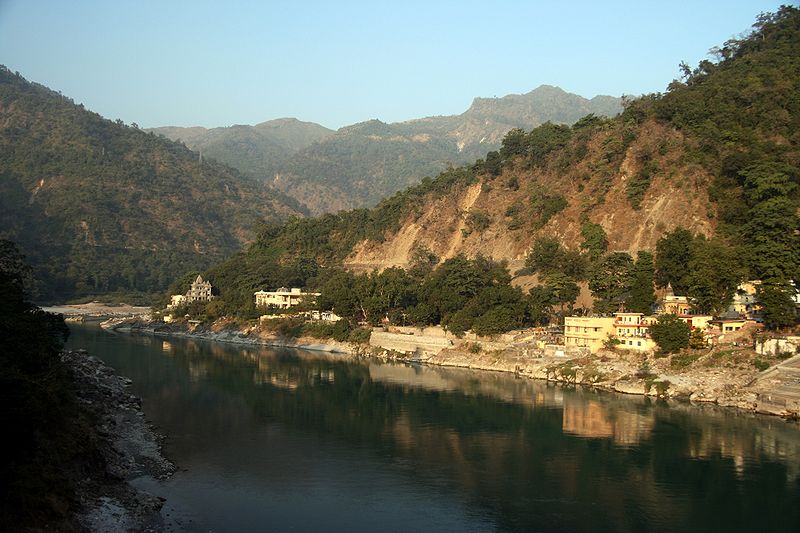Researchers from Newcastle University, U.K., and the Indian Institute of Technology Delhi, recently shed light on a growing health concern. Published in the journal Environmental Science & Technology, their research was able to detect an upward trend of antibiotic-resistant genes in water samples taken from locations along the Upper Ganges River. These findings imply, interestingly, that the trend is due to human migration from more densely populated areas.
The locations of the study were sacred sites around the river. These sacred sites include spots in the Indian towns of Rishikesh and Haridwar, which are known to go through those periods of seasonal mass migration. As the study points out, these towns may receive up to 500,000 visitors within the months of May and June.
Antibiotic resistance refers to the condition of a microorganism—such as a bacterium—which has gained the ability, through genetic mutation, to withstand the effects of certain antibiotics (which are often in place to eliminate that microorganism). If the organism becomes resistant to several antibiotics, it is deemed a “superbug.”
The dilemma faced in the studied sites deals with the spread of a gene known as blaNDM-1. This gene helps code the New Delhi metallo-beta-lactamase 1 protein (NDM-1 for short), which goes on to make the bacteria resistant to antibiotics – specifically to a class of antibiotics known as carbapenems.
While the NDM-1 protein and the blaNDM-1 gene were first discovered in a patient of Indian origin in 2008, a 2010 study in Sweden observed the movement of this antibiotic-resistance gene to the surface water and sediments in India. The gene is now present inside the human gut flora of many locals along the Ganges River, and is brought into the environment through excretion.
By studying water samples taken around sites along the upper Ganges in February, and then later in June, the researchers were able to compare the presence of the resistant gene before and after the seasonal influx of visitors. Given that Rishikesh has a population of around 80,000, and Haridwar of over 200,000, waste management and treatment are an issue – especially when the town becomes engulfed in tourists and visitors.
The results of the study showed that the presence of antibiotic-resistant genes were at higher levels within the samples taken in June compared to those taken in February.
A striking statistic places this blaNDM-1 gene as 20 times more prominent (per capita) in the Upper Ganges River in June compared to February – further illustrating that the human mass movement is producing a detrimental impact to the purity of these sacred sites.
The spread of blaNDM-1 to the river, caused by the pilgrimage season, presents a very serious health problem to the area. According to David Graham of Newcastle University, one of the researchers on the study, “If we can stem the spread of such antibiotic-resistant genes locally—possibly through improved sanitation and waste treatment—we have a better chance of limiting their spread on larger scales.”
Without proper waste management, these pilgrimage sites will continue to develop into potential “hot spots” for the spread of antibiotic-resistant genes and proteins. By improving the waste treatment within the area, we can reduce the spread of the blaNDM-1 gene and lower the likelihood of creating superbugs.




